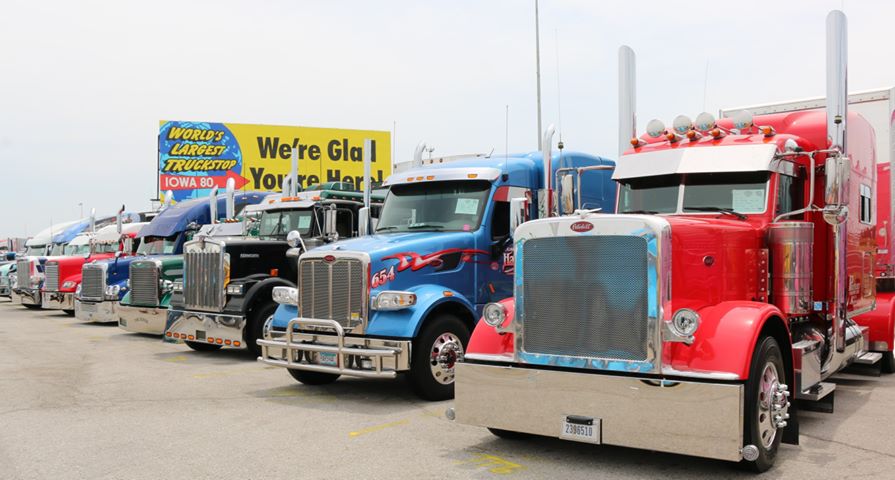Biden administration kills Trump rule on independent contractor classification

Story by: at FreightWaves
After delays and withdrawal of letters tied to the rule, Labor Department takes step seen as inevitable
In a move that had numerous precursors to its ultimate implementation, the Biden administration has formally withdrawn a Trump administration rule on the definition of independent contractors under the Fair Labor Standards Act.
The Wage and Hour Division of the Department of Labor announced Thursday it was withdrawing the rule that had been announced by the Trump administration’s WHD in its waning days. The WHD first announced in February it was considering delaying the rule that was to go into effect in March, then delayed to May and now has withdrawn it.
Accompanying the several weeks of walking back from the Trump rule were withdrawals of various opinion letters that had used the proposed independent contractor rule as the basis. The Trump administration’s WHD released guidance letters based on the proposed rule as late as just a few days before President Joe Biden took office.
The Biden administration is not proposing an immediate substitute, which means previous rules are back in effect. “Any commenter feedback addressing or suggesting such a replacement or otherwise requesting that the department adopt any specific guidance if the rule is withdrawn will be considered to be outside the scope of [the announcement],” the WHD said in its statement. “Withdrawal of the rule would allow WHD an additional opportunity to consider legal and policy issues related to the FLSA and independent contractors.”
In reviewing the potential impact of the Trump administration’s proposed rule on independent contractors, WHD said “it assumed that the rule would lead to an increase in the number of independent contractor arrangements, and acknowledged that some of this increase could be due to businesses reclassifying employees as independent contractors.”
The agency also reviewed what the impact of that reclassification would be. “The reclassification of employees as independent contractors, or the use of independent contracting relationships as opposed to employment, decreases access to employer-provided fringe benefits such as health care or retirement benefits,” it said in one section. Employee-sponsored retirement accounts would disappear with a transfer to IC status. A transfer of a worker to IC status results in higher tax liabilities as the IC is obligated to pick up employer components. And with the disappearance of health care benefits, commenters on the original proposed rule noted that such a shift “increases the prevalence of independent contracting (to) state and federal governments.”
In another passage aimed at the driving sector, but primarily for services such as Uber, the WHD said “research on drivers who work for online transportation companies in California and New York also finds that many drivers receive significantly less than the applicable state minimum wages.”
Under the previous rule that is now back in place, the definition of a worker as an employee or independent contractor was shaped largely by earlier court decisions regarding “economic realities” tests. Quoting a legal case on the issue, employees are defined as “those who as a matter of economic realities are dependent upon the business to which they render service.”
But as the WHD notes, the economic realities tests have several components, none of which are more important than others. The tests include such provisions as the level of control the employer has over the worker and the “degree of permanence” in the job. A July 2015 rule further clarified the definition.
But that rule was yanked by the Trump administration soon after Trump took office in 2017. It was replaced by a Trump administration economic realities test that took two of the provisions and elevated them to “core factors”: an employee’s degree of control over the work and the worker’s opportunity to profit if he or she showed initiative and drive.
But as WHD said in a subheadline about the elevation of two of those standards under the economic realities test, “the rule’s standard has never been used by any court or by WHD and is not supported by the [FLSA]’s text or case law.”
Read the original story HERE
Source and credits: FreightWaves.com / Modern Shipper
iTrucker / Mario Pawlowski / iTrucker.com
New federal rule on worker classification may not see light of day
Labor Department tackles employee classification; AB5 may not be affected



